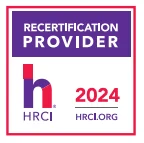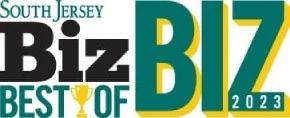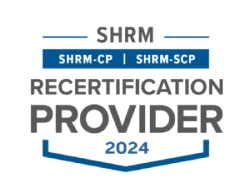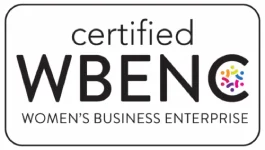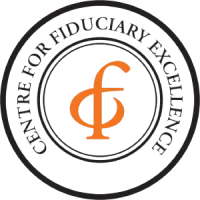House Passes Secure Act 2.0 Bill
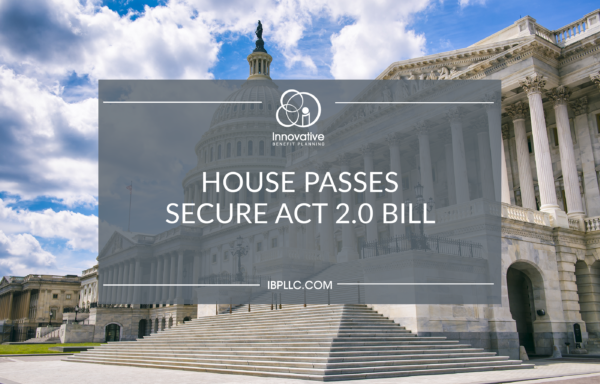
In a 414-5 bipartisan vote, the House of Representatives has passed a bill that, if enacted, is said to improve the retirement savings system in the United States by expanding coverage and increasing retirement savings. The Securing a Strong Retirement Act, colloquially known as Secure Act 2.0 builds on the Setting Every Community Up for Retirement Enhancement Act (SECURE), which was signed into law in December 2019. Some highlights from Secure Act 2.0, include:
- Most employers would be required to automatically enroll eligible workers in NEW 401(k) plans with an initial 3% contribution rate. The contribution rate would then increase on an annual basis until the contribution reaches 10% of the employee’s salary. Eligible employees would have the opportunity to opt out of enrollment or select a different contribution rate
- Increase in the age for mandatory distributions to begin. Starting January 1, 2022, the age would increase from 72 to 73, further to 74 starting January 1, 2029, and again to 75 starting January 1, 2032
- Employees nearing retirement age (i.e., aged 62, 63 and 64) would be able to make additional catch-up contributions up to $10,000 (indexed).
- Allow a grace period to correct reasonable errors in administering automatic enrollment and escalation features for retirement plans. Previously retirement plans with an automatic enrollment and escalation feature could be subject to significant penalties if mistakes were found.
- Employers sponsoring defined contribution plans would no longer be required to provide intermittent ERISA or IRC notices to unenrolled participants after initially providing all required notices, except for an annual reminder notice outlining participants’ eligibility and applicable election deadlines and any required notices that were requested by the participant.
- Employers will be able to make 401(k) matching contributions based on an employee’s student loan payment, regardless of whether the employee is making their own contribution. This feature allows student loan payments to act as elective deferrals for the purpose of matching employer contributions.
The Senate is currently considering their own version of Secure Act 2.0 and is expected to either take up the House bill or pass their own in April 2022. If the Senate chooses to pass their own version of the bill, they will need to reconcile the differences between the two. We will continue to monitor the status of the bill moving forward. The full bill can be found here.
Categories
Archive
